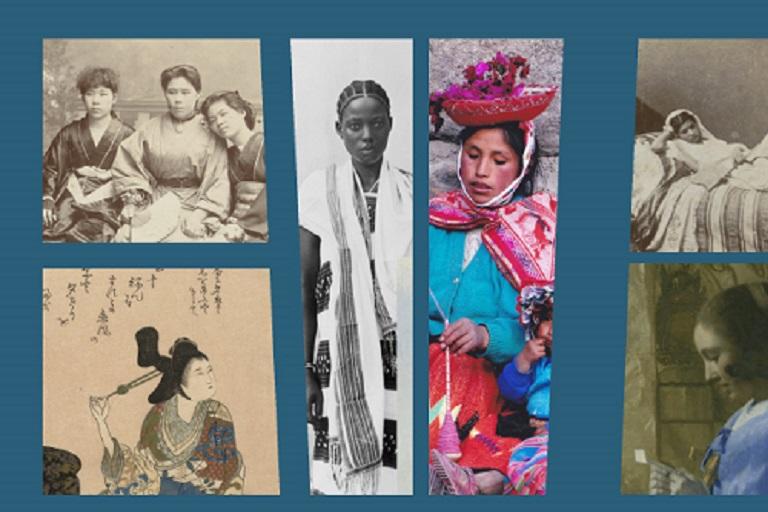2016 Summer Institute for Community College Instructors
How would your curriculum change if your default historical subjects were women, rather than men?
How would you assess the importance of the agricultural revolution or Athenian democracy? Would property rights and marriage laws edge out professional status and voting rights in classroom discussions about power? How would you construct narratives of long-distance trade, imperial conquest, and industrialization? Do you imagine the core periodization and themes underlying your course would be altered?
These are not new sorts of questions. Histories of "everyday people" and subaltern histories challenge traditional narratives, reframing periods, political structures, social categories, and philosophical ideals in myriad ways. Many teachers already work to incorporate these various lenses into their courses.
In a similar spirit, the goal of this exercise is not to write men out of the past. Rather, the point is to highlight the way gender already colors every aspect of what we teach in a social studies classroom, from the structure of our units, to the weight we give specific events, to the ways we teach students to think about sources. It illustrates the pervasiveness of a particular sort of generically masculine character as the invisible subject of much classroom (and textbook) discourse. This is especially evident in a World History context, where required curricular content can feel infinite and teaching time is always at a premium.
Perhaps the most positive takeaway from this event was the graphic illustration that this is not a zero-sum game, in which one set of students can win only if others lose. Collectively, the talks showed that lessons incorporating gender are useful in the social studies classroom.
For example, Beverly Bossler's presentation, "Women in Late Imperial China" imparted a nuanced view of the relationship between Confucian philosophy, personal behavior, and the late imperial state. She used women's experiences as a tool to explain the connection between state power and invididual behavior, to highlight differences between the lives of elites and commoners, and to show ways Han people differentiated themselves from their Manchu conquerors in the Qing dynasty. All of these topics were accessed through questions about how women were expected to behave, how women actually behaved, and how we know the answers to either of those questions. Nothing was sacrificed, a lot was gained.
See the resources and video interviews below to help you use gender as a fruitful, important lens in your own courses.

